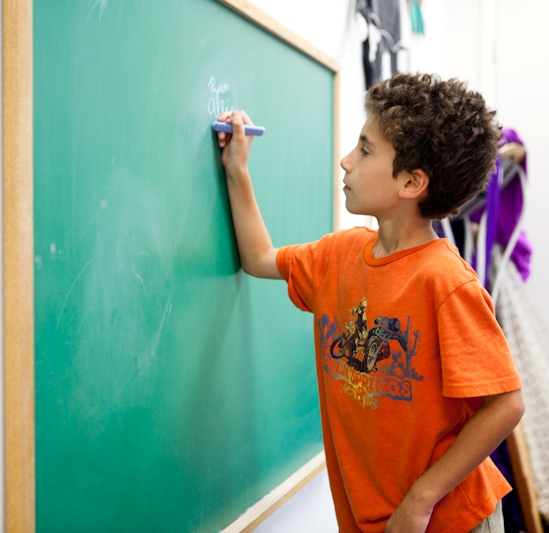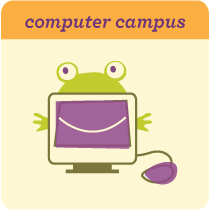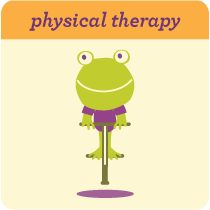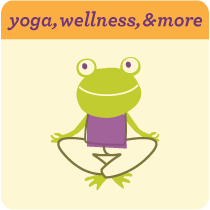 Sensory processingGross motor / Motor PlanningFine motor / HandwritingVisual spatial / Perceptual motorOral sensory / Oral motorSound therapiesInteractive metronomeCranioSacral TherapyConsultationsPrimitive Reflex Integration
Sensory processingGross motor / Motor PlanningFine motor / HandwritingVisual spatial / Perceptual motorOral sensory / Oral motorSound therapiesInteractive metronomeCranioSacral TherapyConsultationsPrimitive Reflex Integration
 A child needs precise fine motor skills to be able to use their arms, hands and fingers for play, the activities of daily living and school. But perhaps your child is struggling with managing utensils for eating, fastenings for clothing, and participating in small motor activities within the classroom such as handwriting, coloring and cutting. In fact, your child may have been recommended for occupational therapy evaluation and treatment by a teacher. They may observe that your child does not appear to be as skillful as same age peers in their management of classroom tools such as scissors, pencils and crayons, or may be avoiding tabletop activities altogether.
A child needs precise fine motor skills to be able to use their arms, hands and fingers for play, the activities of daily living and school. But perhaps your child is struggling with managing utensils for eating, fastenings for clothing, and participating in small motor activities within the classroom such as handwriting, coloring and cutting. In fact, your child may have been recommended for occupational therapy evaluation and treatment by a teacher. They may observe that your child does not appear to be as skillful as same age peers in their management of classroom tools such as scissors, pencils and crayons, or may be avoiding tabletop activities altogether.

Occupational therapists have a full understanding of developmentally appropriate fine motor skills. In order to determine what is interfering with your child’s acquisition of age appropriate fine motor skills, and what treatment might benefit your child, Pediatric Potentials therapists will evaluate your child. Depending on your child’s age and development, we may consider whether your child:
If one or more of these “red flag” issues are getting in the way of your child’s enjoyment or progress in typical settings, we need to address them.

SN Pediatric Potentials, Inc.  154 S. Livingston Ave, Suite 204
154 S. Livingston Ave, Suite 204  Livingston, NJ 07039
Livingston, NJ 07039
 973.535.5010
973.535.5010
 director@pediatricpotentialsnj.com
director@pediatricpotentialsnj.com
Site designed by Jillian Kornsweig



